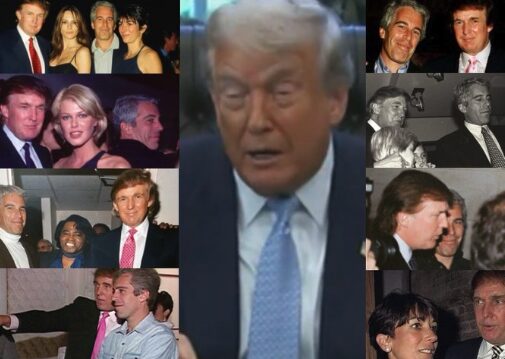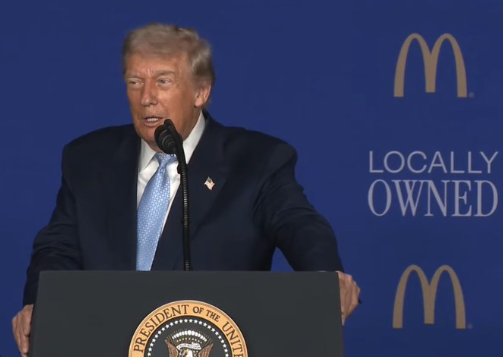The giant gold TRUMP signs that once dominated New York’s skyline came crashing down this week — unscrewed, lifted by cranes, and lowered in a storm of sparks and metal dust. The move coincided with Mayor Zohran Mamdani’s first wave of executive orders, part of a symbolic effort to “de-idolize personal brands” from public property.
Across Manhattan, Queens, and Brooklyn, residents filmed each metal plate being taken off façades, flooding social media with real-time clips as news networks rolled out a new banner: “Biggest Trump Name Removal in New York History.”
Inside the real estate market, the mood flipped to panic. Brokers scrambled through group chats asking how to relist “Trump-branded” condos now that the name had literally been stripped from buildings. Condo boards called emergency meetings to explore legal options for rebranding. On television, conservative pundits raged about “erasing history,” while progressives hailed the change as a long-overdue cleansing of the skyline.
Commentators drew parallels to an earlier “great erasure” — when Pam Bondi, then Florida’s attorney general, was accused of burying Epstein-related files years ago. Back then, the cover-up happened quietly on paper. This time, Mamdani’s actions were loud, visible, and deliberate — a physical rewriting of civic memory.
Sources at City Hall say Mamdani knew he was kicking a hornet’s nest, but he did it anyway — in his first week. To him, it was a manifesto: New York would no longer serve as a monument to any president’s brand.
When the White House heard the news, insiders say the President erupted. He allegedly demanded all Oval Office cameras be turned off, then ordered a single uncut recording. In the unreleased footage, he rants about Bondi, “disappearing documents,” and promises to use every legal lever to punish Mamdani. The moment ends with four chilling words: “I will fire you.”
Of course, a president can’t fire a mayor. But everyone watching understood the threat — an open promise to unleash audits, lawsuits, and federal pressure until Mamdani buckled. Legal analysts immediately debated whether it amounted to an abuse of power.
Mamdani’s response? Silence. No press conference, no fiery tweet — only a photo of him walking past a freshly stripped building, the bare concrete showing the ghostly outline of the letters that once spelled TRUMP. Each missing plate spoke louder than any press release.
Online, the memes wrote themselves. One side turned “I will fire you” into a warning label. The other turned it into defiance: “You can’t fire me — New York hired me.” But beneath the humor lingered a serious question:
If a president is willing to threaten a city over a few metal letters, what happens when the fight is about something far bigger?




